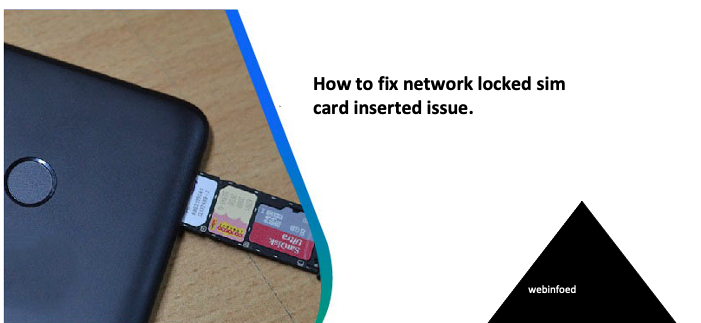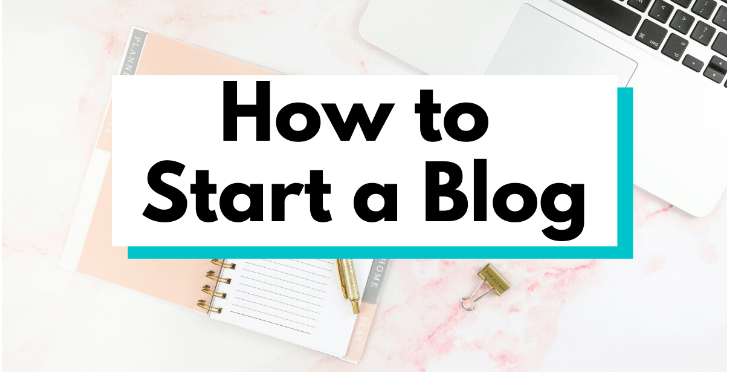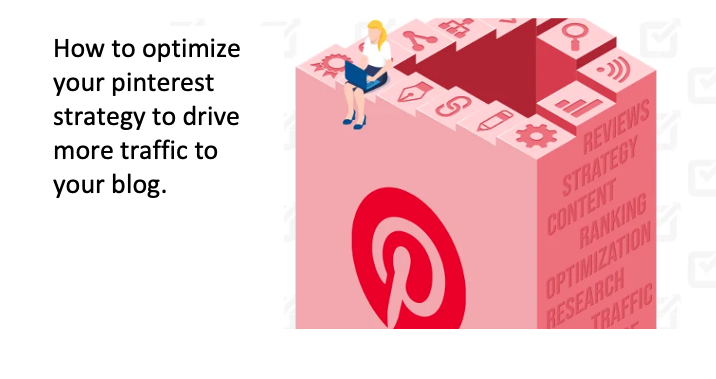How to buy life insurance.
Life insurance policy is a legal agreement between a person and an insurance provider in which the insurer guarantees the insured’s financial security in return for regular premium payments.Knowing how to buy life insurance will save your time and money.
Per the agreement, in the event of the policyholder’s death or if the policy matures following the terms stipulated therein, the insurance company will make a lump sum payment to the person or his family after a defined amount of time.
Main Types of Life Insurance
1.Term Life Insurance.
It is the most widely-sold type of life insurance and is also the most reasonably priced. Term life insurance offers protection for a predetermined period, and the premium payments remain the same throughout the policy’s life.
Options for policy lengths often include 10,15,20,25 or 30 years. Your beneficiaries may file a claim and receive the death benefit money tax-free if you pass away during the policy’s term.
When the policy’s term is up, you might be able to extend the insurance in one-year increments; this is referred to as assured renewability. However, the rate of renewal will increase every year.
2.Permanent Life Insurance.
Permanent life insurance provides protection that lasts a lifetime. Because of these reasons, it costs more than term life;
-Can persist throughout your entire life.
-Frequently increases in value.
The cash value parts of the policy increase tax-deferred during the course of its existence. It functions as the saving element of the policy.
Typically, you can take loans against the cash value of the policy or withdraw money from it. If you decide to terminate the insurance, you can get the cash value less any surrender charges.
You shouldn’t anticipate being able to obtain a significant amount of cash value right once because in some policies, the cash value may grow gradually over a number of years. The insurance graphic will display the expected cash value.
Types of permanent life insurance.
Whole life insurance: Whole life insurance includes a death benefit that is predetermined and defined rates of return on the cash value. Entire life insurance policies typically distribute dividends, which can be utilised to reduce premium payments or boost cash value.
Universal life insurance: Usually offers greater freedom than whole life insurance. You might be able to modify the payouts and the death benefit, subject to certain conditions. The cash value of a universal policy of life insurance will rise based on the kind of coverage.
For instance, an indexed universal life policy’s cash value will be determined by an index like the S&P 500. In a variable universal insurance policy, you can often choose and manage the investing sub-accounts.
Burial insurance: is a small entire coverage of life insurance with a merger death benefit of typically $5,000 to $25,000, or less. Burial insurance is only meant to help with funeral and burial expenses.
Survivorship life insurance: Two persons are insured in one policy typically a married couple. The policy pays the beneficiaries the death benefit once both spouses have passed away. Typically, survivorship life insurance is a component of a larger financial strategy to pay federal estate taxes or establish a trust.
Guidelines for getting life insurance online.
1.Identify your needs: The sum assured on your term insurance policy need to be enough to pay for your family’s expenses when you are abroad.
The following elements can be considered when determining how much is sufficient:
-Your current income.
-The number of loans and mortgages you currently owe.
-The amount needed to keep your family’s current standard of living.
-The amount invested each month toward financial goals like a child’s education.
-The number of family members who are financially dependent on you.
-The rate of inflation.
A sum assured that is at least 15-20 times your current annual income is what most financial gurus advise.
2.Decide on an insurance company: Prior to purchasing an insurance coverage, select a reputed insurance company. Please take note of the following:
–The insurer’s claim settlement ratio is a wonderful indicator of the organisation’s reliability.
Every year, the Insurance Regulatory and Development Authority of India (IRDAI) releases information about the claim settlement ratio of each insurance provider.
When compared to the total number of claims filed in a given year, the figure shows how many claims a policy provider resolves.
-The insurer’s capacity to meet its financial obligations to clients can be ascertained by looking at its solvency ratio. Fiscal stability is indicated by a greater solvency ratio.
-A company’s reliability may also be shown by instances of IRDAI rule infractions and market reputation indicators like the grievance ratio.
-Another key aspect to take into account is how long the organisation takes to resolve disputes. Reputable companies take a few days to resolve complaints or give interest for the extra time needed.
-An additional benefit to consider when choosing an insurer is the availability of premium waiver alternatives in the event of permanent disability or terminal illnesses.
3.Calculate the Premium: Use a life insurance calculator online to determine the cost of your desired sum assured. Allow for the premium payment in your monthly budget.
4.Enter your information: Enter information such as your date of birth, gender, habits (such as smoking or drinking), monthly income, and contact information on the website of the insurance provider you chose.
5.Enter the sum assured and policy tenure: As a general guideline, choose a shorter policy term if you are middle-aged and a longer tenure if you are younger. Your premium payment will also be lower if you are young. As a result, it is wise to begin your term plan early.
6.Select the method of insurance payout: The majority of plans let you choose between various payout methods:
–If you have outstanding debts, such as a home loan, you might choose to have a lump sum payment sent to your nominee upon your death.
–A portion of the amount you have assured in a lump payment, followed by a beneficiary’s receiving regular monthly income for a predetermined period: This helps achieve life goals like getting a child married or getting higher education.
–This is advantageous if the nominee is not accustomed to handling a significant chunk of money at once. Regular monthly income for a predetermined period.
-Increasing monthly income for a set period will help combat the effect of inflation and prepare for increased living expenses.
7.Select the right riders: To boost your family’s financial security by making a small extra investment. You can increase your term plan for health critical illnesses like cancer, kidney disease, or heart attacks.
When you are diagnosed with a critical illness, you must pay a little additional fee in addition to your premium and are eligible for a lump sum payment. This can help your family cover the significant costs associated with receiving proper healthcare.
A second death insurance rider is an option, and if you choose it, your family will get additional payouts in addition to the death benefit from the accident cover if you die in an accident. This will enable them to pay for accident-related expenses.
8.Completing the KYC form: Enter your name, address, and phone number. Your ID proof, such as a PAN card or an Aadhaar card, address proof, such as a driver’s license or utility bills, age proof, such as a passport, income proof, such as income tax records, and current passport-sized photos must all be uploaded. Additionally, you must carefully fill out your beneficiary information.
9.Describe your health in detail: You will be required to submit facts about your height, weight, history of alcohol or cigarette use, any existing medical conditions, past hospitalisations, potential employment dangers, and other comparable information. Make sure you disclose all relevant health information to prevent the eventual cancellation of your beneficiary’s claim.
10.Read the terms and conditions of the policy: Understanding policy exclusions (if any) such as death from terrorism, natural disasters, or drug misuse is crucial. You will be directed to the payment gateway after accepting the terms.
11.Pay the invoice: You have two options for payment: debit or credit cards and net banking. A soft copy of your policy will be emailed to you if your proposal is accepted. You will receive the hard copy later by email.
Steps for purchasing life insurance online.
a.Finish the application procedure.
Online life insurance applications are made to be as simple to use as possible. You will be questioned about your age, lifestyle, past medical history, and history of your family’s health during the online application process.
To make sure all of your responses are accurate, they will be fact-checked with outside suppliers like Medical Information Bureau, the DMV, and the Social Security Administration. (if it sounds a bit too internet-creepy, know that this is a typical stage in the application process for life insurance. However, when you apply online, the data can be examined immediately rather than after a few weeks.)
b.Do a life insurance medical examination(or not).
Medically underwritten life insurance is the cheapest type of term insurance. These types of insurance policies demand evidence of your present health, which frequently entails passing a life insurance medical examination.
You will be relieved to learn that a medical exam is quite straightforward if you dread the idea of one. The examination can frequently be finished in your home or place of business and typically lasts less than 30 minutes. ( yes, many life insurance companies send the doctor to you rather than requesting that you visit a hospital or other facility.
No more waiting around in offices!). Medically underwritten coverage will typically offer you a wide choice of coverage alternatives and more affordable pricing than a no-exam life insurance policy, regardless of whether you qualify for an instant term or decide to take the medical test. Consider 100% no-medical exam life insurance if you don’t want to undergo a medical examination.
Simplified issue insurance may be a suitable choice for people who know they cannot bear to take an exam, even though they often cost more per month than medically underwritten coverage.
It’s crucial to remember that whether or not the insurance is issued or its benefits are paid depends on your honesty and ability to be insured, which are determined by how honestly you answer the application’s health-related questions.
The maximum coverage amounts for simplified issue insurance are often capped at $500,000 or less as well.
c.Designate your primary and contingent beneficiaries.
Picking your beneficiaries is an essential step in the application process because the whole point of life insurance is to provide for your loved ones.
Both primary beneficiaries and contingent beneficiaries must be named. What makes the difference? The person identified by the policyholder as the principal beneficiary will receive the insurance policy’s proceeds (the death benefit) in the event of the policyholder’s passing.
The backup is a contingent beneficiary. The contingent beneficiary will get the policy proceeds if the primary beneficiary isn’t able to get them for some reason.
People frequently designate their spouse or partner as the primary beneficiary and their children as the contingent beneficiary. However, your beneficiary can be anyone you choose to receive the life insurance policy proceeds from, including your parents, friends, siblings, preferred charity, living or revocable trust, and others.
Conclusion.
Most people ignore insurance related issues and focus on buying car insurance just to avoid being arrested.In most cases, people do not know how to buy life insurance and why it is important to them.







